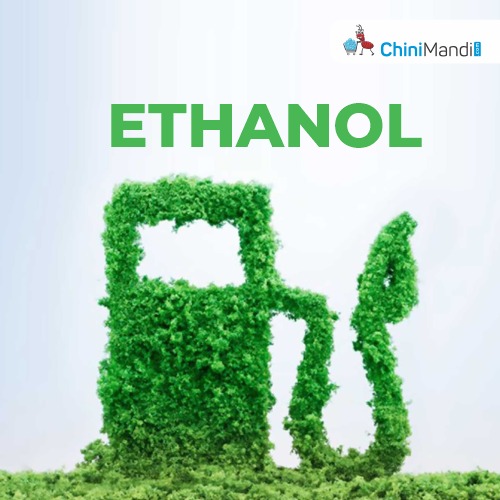Prime Minister Narendra Modi has announced that the National Democratic Alliance (NDA) will form the government for the third consecutive term, which is anticipated to ensure policy continuity for the energy and commodity sectors, S&P Global Commodity Insights reported on Wednesday.
Modi declared that the NDA is set to form the government for the third time, in a victory speech to party workers after results indicated the NDA alliance surpassing the qualifying 272 mark in the 543-member Lok Sabha, the report said.
“India’s rapid economic growth will be driven by a multifaceted energy transition, with significant demand growth for oil, gas, and renewables. This victory ensures policy continuity and will create new investment opportunities for both domestic and international investors,” stated Atul Arya, chief energy strategist at S&P Global Commodity Insights.
The BJP-led alliance secured fewer seats compared to the 2019 elections, while the opposition alliance significantly improved its performance.
India, the world’s third-largest ethanol fuel producer, aims for 20 per cent ethanol blending in petrol by 2025. Market participants have expressed concerns about the scarcity of first-generation feedstocks, primarily derived from sugarcane and corn, which could cause delays.
Market participants expect the new government to address the challenges in utilizing second-generation feedstocks such as agricultural and biomass waste to strengthen the ethanol production supply chain, S&P Global Commodity Insights noted.
Modi emphasized in his speech that the new government will “focus on the environment, green industrialization, and green mobility.”
The evolving energy landscape, coupled with the turbulent geopolitical situation and increased focus on India as a hub for oil demand expansion, could present challenges for the new government in ensuring affordable energy and energy security, while striving to meet its climate commitments, according to S&P Global Commodity Insights.
The growing belief that India could become the epicentre of oil demand growth is expected to prompt the new government to prioritize refining and upstream investments, as well as expand oil storage facilities and diversify crude import sources to mitigate the impact of geopolitical instability.
S&P Global Commodity Insights projects India’s oil demand to reach 5.54 million barrels per day by 2030, up from about 4.5 million b/d in 2023.












